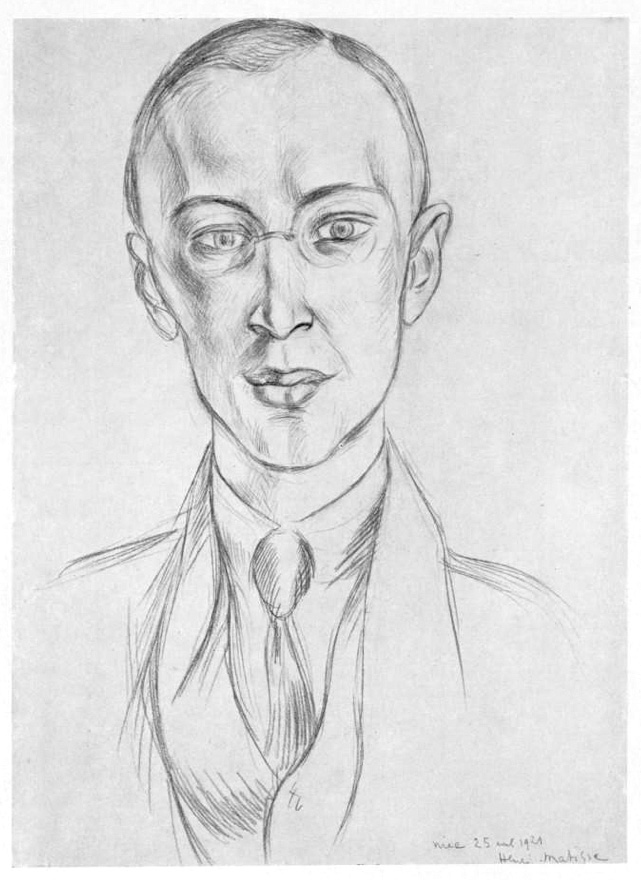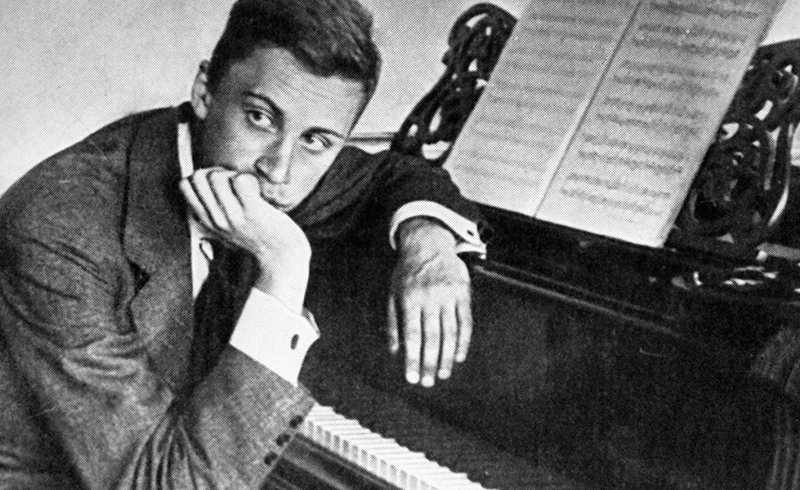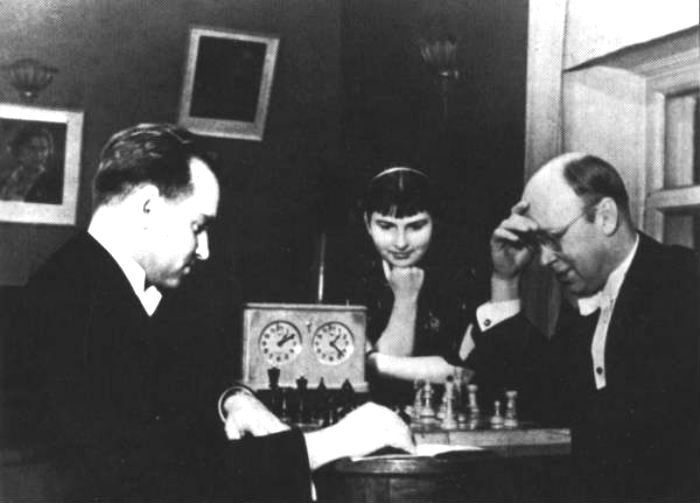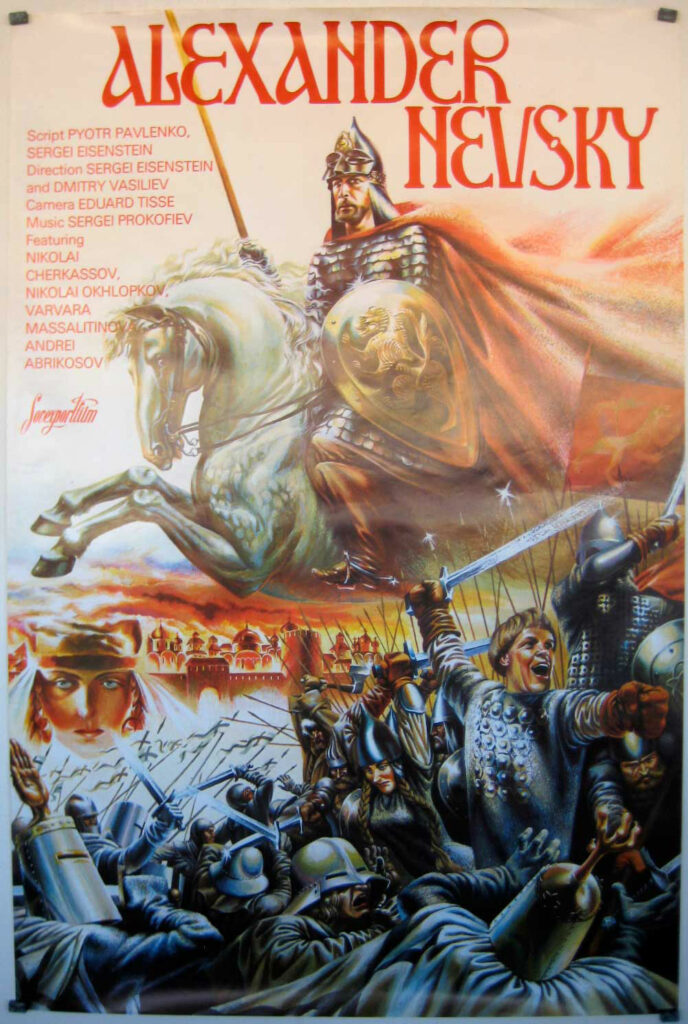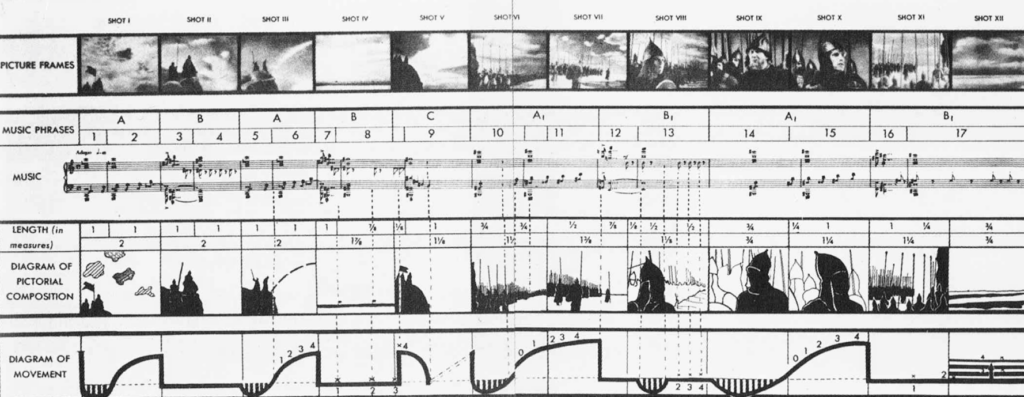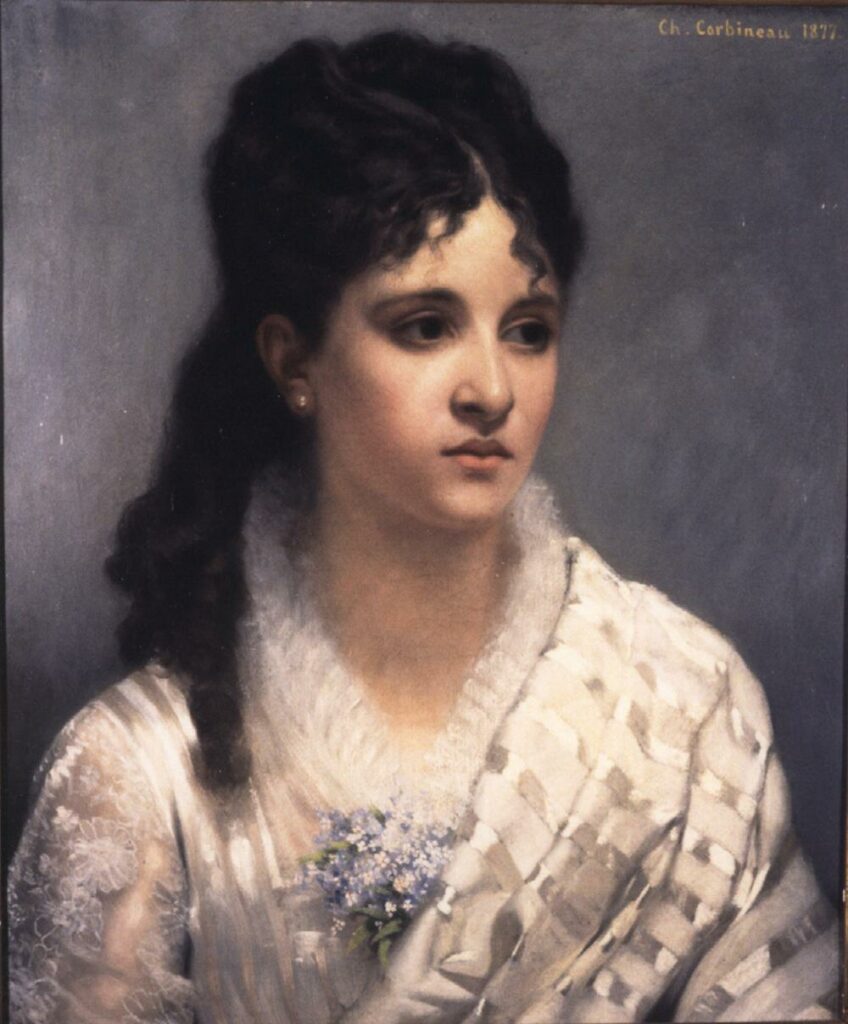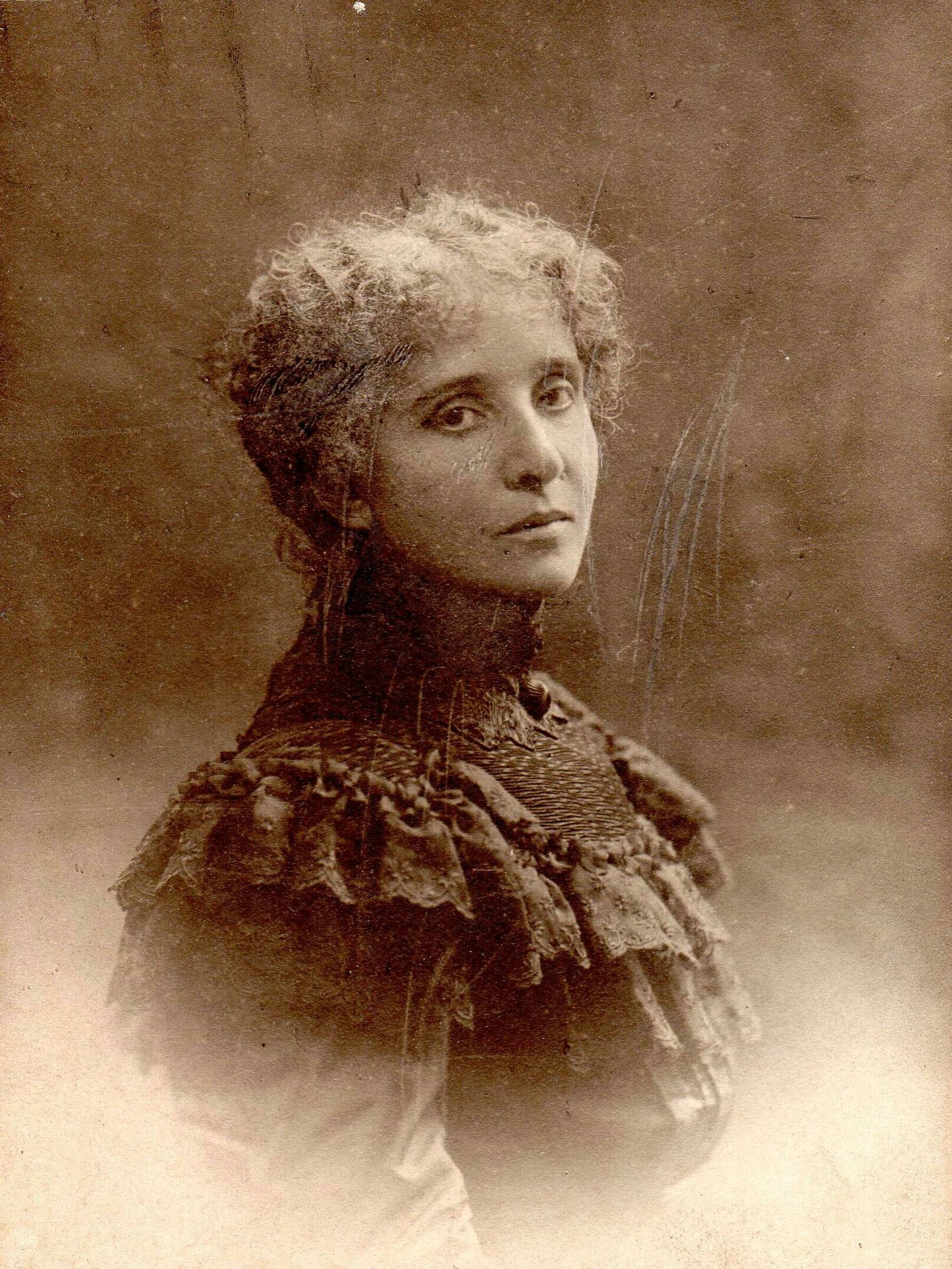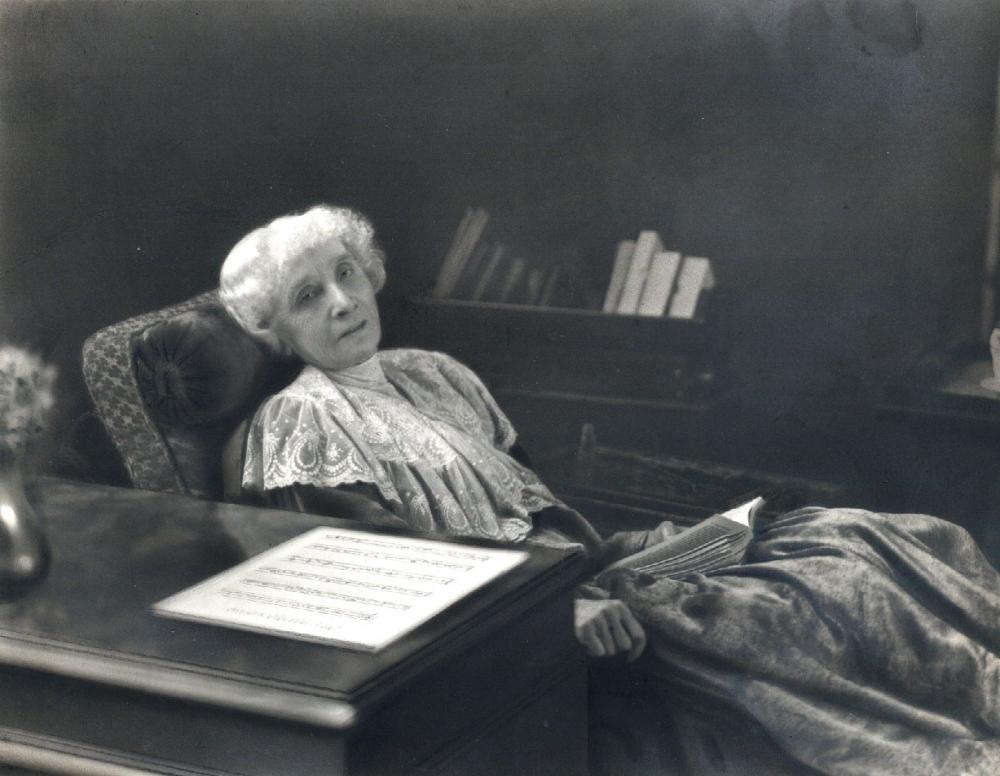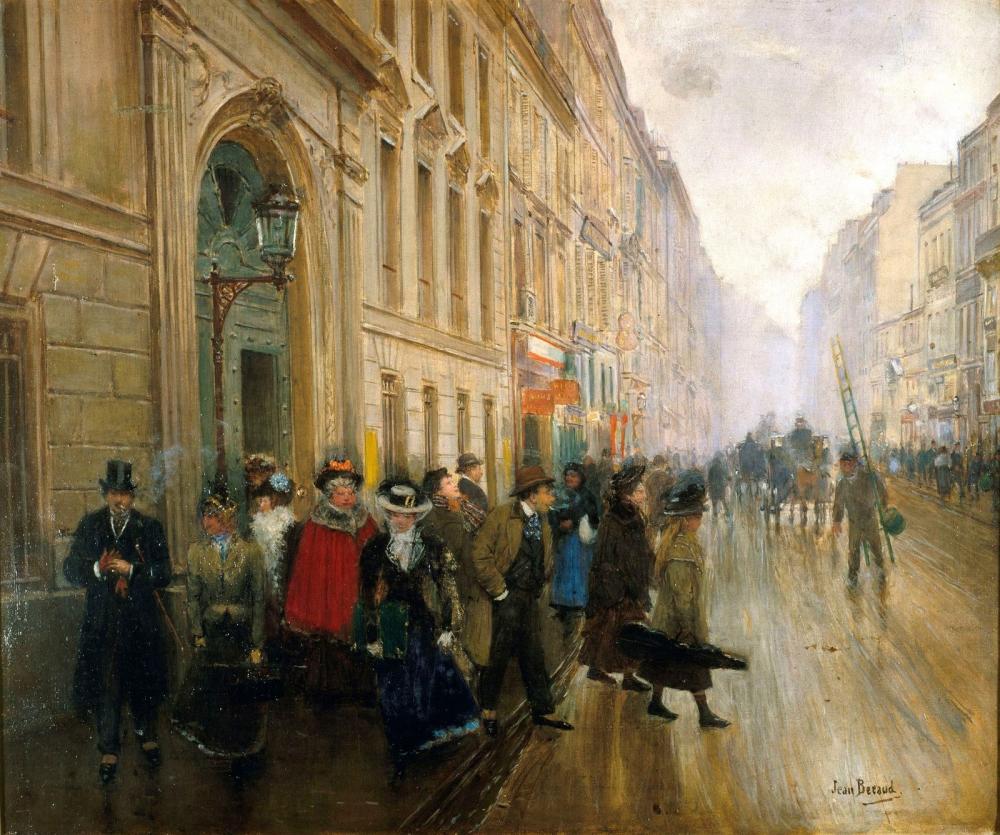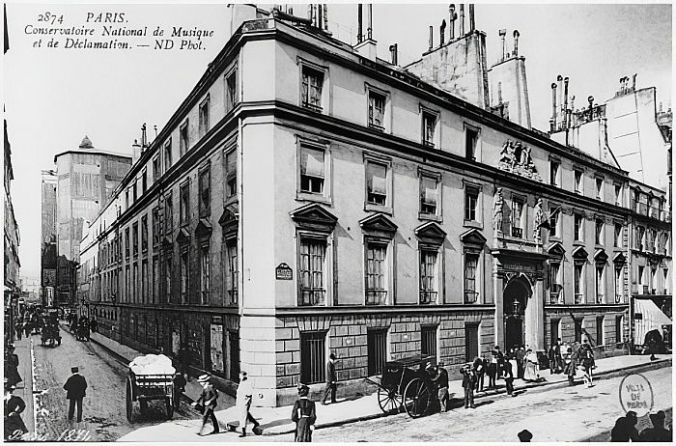9 📖 (+80 🎧) minutes
Composer
The harmonic sense, modulations, choice of chords and modal tonalities are the links between two great French composers – Claude Debussy and Gabriel Fauré. The main difference is that Fauré (photo) rarely wrote program music. He looked for his inspiration in the music itself which is why the concept of “impressionism” cannot be applied to his art. Fauré excelled as a composer of Lieder (songs), piano and chamber music. His music is characterised by neatness, balance, elegance and restraint; it is more like classical calmness and order, rather than late romantic wanderings.

💡Like Beethoven, Fauré started losing his hearing as he approached his later years.
Mistresses M
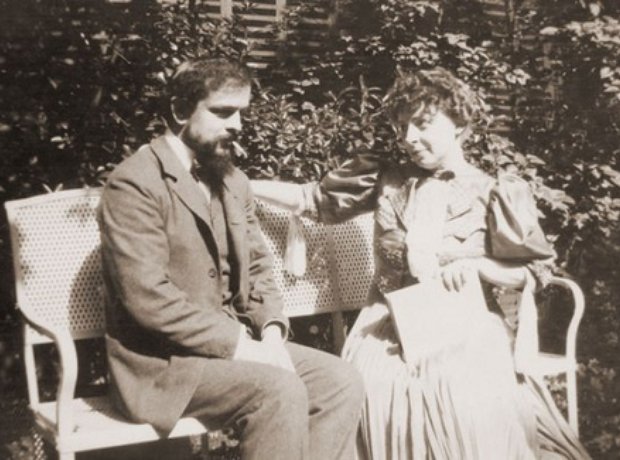
Marianne Viardot, Marie Frémiet, Marguerite Hasselmans and Maddison Adela are just some of Gabriel Fauré’s (1845-1924) mistresses. However, with Emma Bardac, later wife of Claude Debussy (photo), “for the first time he experienced a fulfilling, passionate relationship which extended over several years”.
💡He was a professional organist for over 40 years but left no solo compositions for the organ.
Student and professor
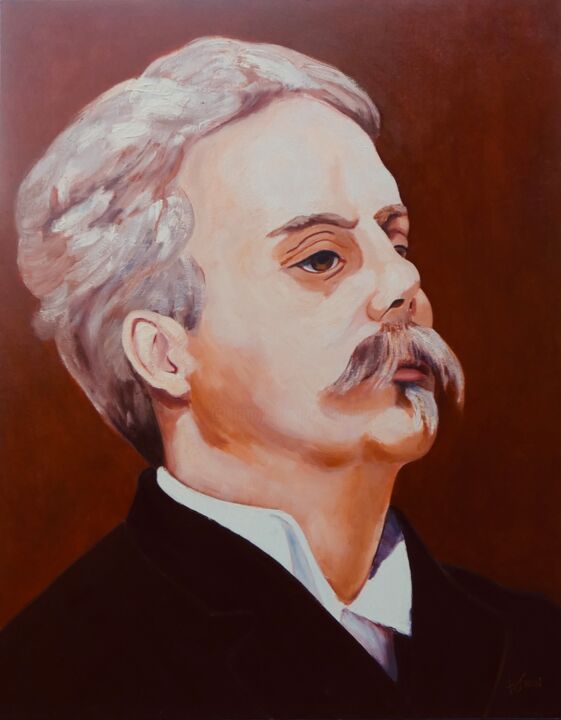
Under the tutelage of Louis Niedermeyer and Camille Saint-Saëns, Fauré completed his composition studies at the age of 20. Thanks to Niedermeyer, he got to know Gregorian Chants and Johann Sebastian Bach’s work. Saint-Saëns introduced him to the music of Franz Liszt, Richard Wagner and Robert Schumann. In 1896 he was appointed church organist at the church of La Madeline in Paris (photo), as a successor of Saint-Saëns, and professor of composition at the Paris Conservatory. He taught numerous composers, such as Maurice Ravel, Jules Massenet, Nadia Boulanger, Georges Enesco, Charles Koechlin, Jean Roger-Ducasse, and Florent Schmitt. The reason for such a large number of successful composers who studied with Fauré (photo) is probably his commitment to free education, i.e. he encouraged the development of a student’s natural abilities.
💡He proved that a great progress in French music can be achieved by small steps based on great musical models.
“French Schumann”
Like Mozart, Cherubini, Berlioz, Dvořák, Verdi, Brahms, and Schumann, Fauré wrote a requiem (video), but in the form of a poem about a calm and mild death. He was soon compared to the great German composer Robert Schumann. French critics called Fauré the French Schumann, which was a huge recognition. The characteristics they have in common are subtlety, restraint, suggestiveness and polyphony of the inner sections. At the time of WWI the Parisian publisher Jacques Durand asked prominent French composers and pianists to undertake the arrangement of the Collected Works of one European master; Ravel chose Mendelssohn, Dukas chose Beethoven, Debussy chose Chopin and Fauré chose Schumann. The last homage to Schumann is Thème et variations, op. 73, (video) – linked to Schumann’s Symphonic Etudes, op. 13 in terms of musical intertextuality, same tonality, related theme and the number of variations.
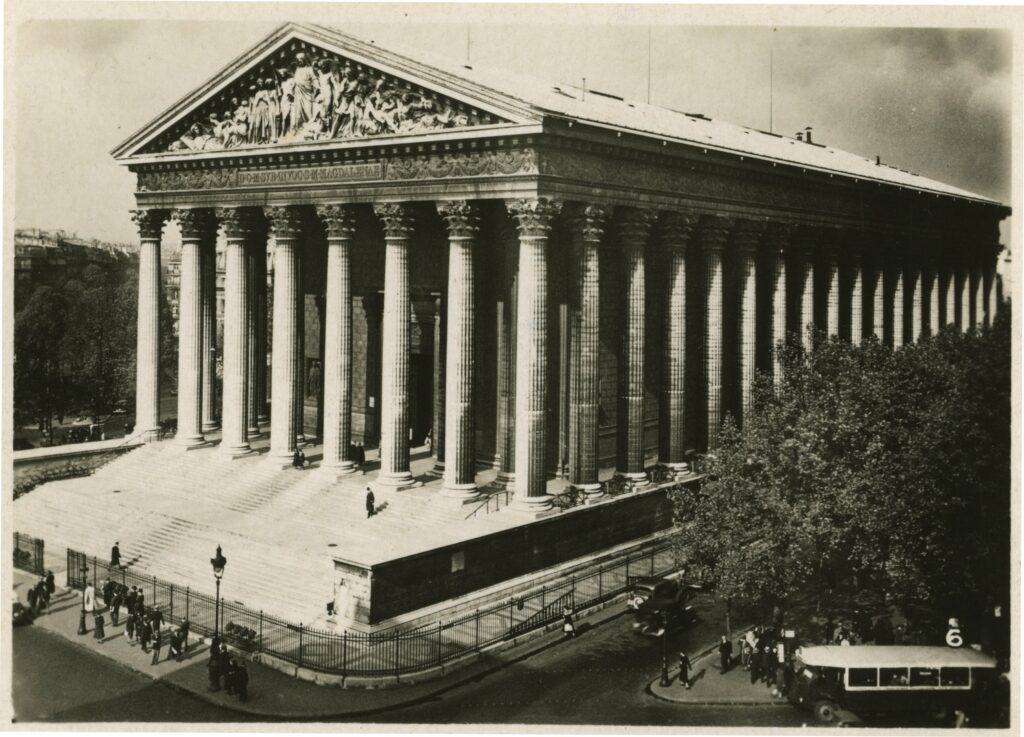
Fantaisie
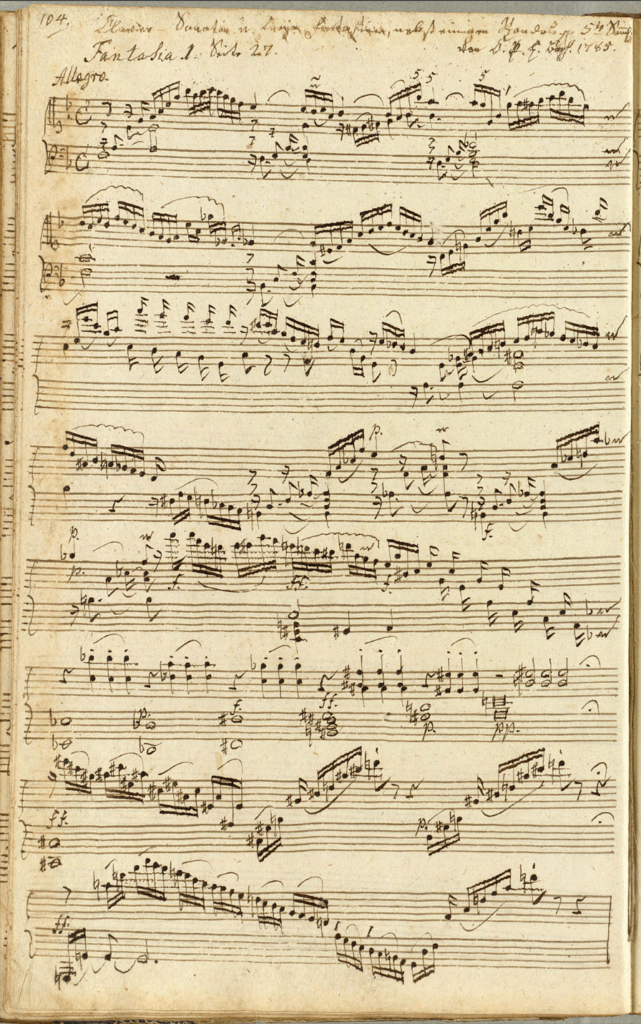
Fantasia is also called fantasy or fancy (from the Greek word phantasíā, appearance, idea, imagination). In music, it is an instrumental composition in which the features of free fantasy or improvisation are present. Freedom in form and expression have been the main features of fantasy since the 16th century, when the term was first mentioned. In the 16th and 17th centuries, it was mainly written for string and wind instruments. It can be found all over Europe. Henry Purcell is an English composer known for his fantasias for keyboard, lute and viola in the 17th century. In Germany, it was mainly composed for the organ. In the 18th century, Johann Sebastian Bach and his son Carl Philipp Emanuel Bach . Father’s fantasies are mostly paired with a formally clearly defined fugue and thus form a complementary whole. The improvisational character is manifested both in the written sheet music and in the frequent omission of bar lines in the son’s fantasies (photo).
Classical balance can be found in Wolfgang Amadeus Mozart‘s Fantasias, while Ludwig van Beethoven used improvisational elements in Fantasia for Piano, Choir and Orchestra, Op. 80. Besides, he calls two piano sonatas Op. 27 “quasi una fantasia”. Franz Schubert‘s “Wanderer” Fantasia is considered one of his most difficult piano pieces, it foreshadows the development of fantasia in romanticism. In the 19th century, we find Robert Schumann‘s Fantasia in C major, Op. 19, Frédéric Chopin‘s Fantaisie in F minor, Op. 49, Felix Mendelssohn‘s Fantasia in F-sharp minor, Op. 28, Pyotr Ilyich Tchaikovsky‘s “Romeo and Juliet” Overture-Fantasy and “Francesca da Rimini” Symphonic Fantasy, and Max Reger‘s Fantasie und Fuge über B-A-C-H. The 20th century was marked by Ferruccio Busoni‘s Fantasia contrappuntistica and Arnold Schoenberg‘s Phantasy for Violin and Piano. Fans of animated films are probably familiar with the Fantasia film from 1940 produced and released by Walt Disney Productions (photo), which used many of the most famous pieces of classical music, thus promoting it (photo).

Fantaisie, Op. 79
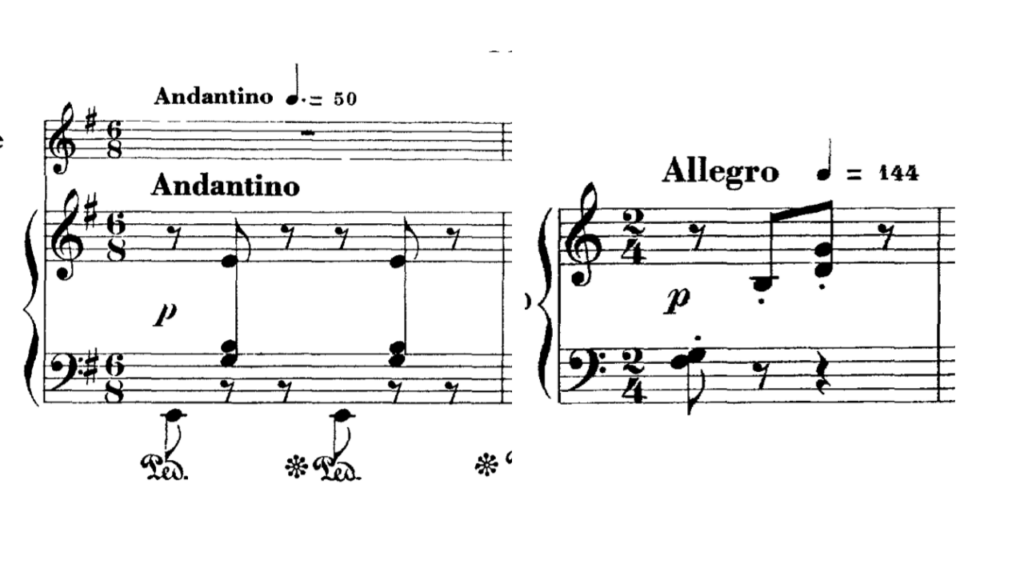
Fauré’s fantasia for flute and piano consists of two contrasting parts. The first part (Andantino) has a lyrical and melancholic character, and the second (Allegro) is playful and rhythmic. It is interesting to note the relationship between these two parts. In terms of time duration, they are in the golden ratio, and the tempo remains the same, although it sounds different. The pulse remains the same, and the note values are fragmented, so the sense of continuity is present. (3×50≈144) (photo)
💡Fantaisie was composed and published in 1898 in Paris.
An important characteristic of the first part is the danceability of the waltz, which later appears in the second part, with the use of triplets in the flute section and the initial tonality of E minor (measure 88), which further emphasise the reminiscence. The same melody is presented in the flute part in the first part (measure 19) and the second part (measure 145), unconsciously sounding familiar (photo). Fauré contrasts the tragic tonality of E minor with the bright C major. From the similarities on a small scale, the initial long notes and the ascending and descending passages in the flute section can be singled out, while the piano section mainly consists of a harmonic background based on a bass melody.
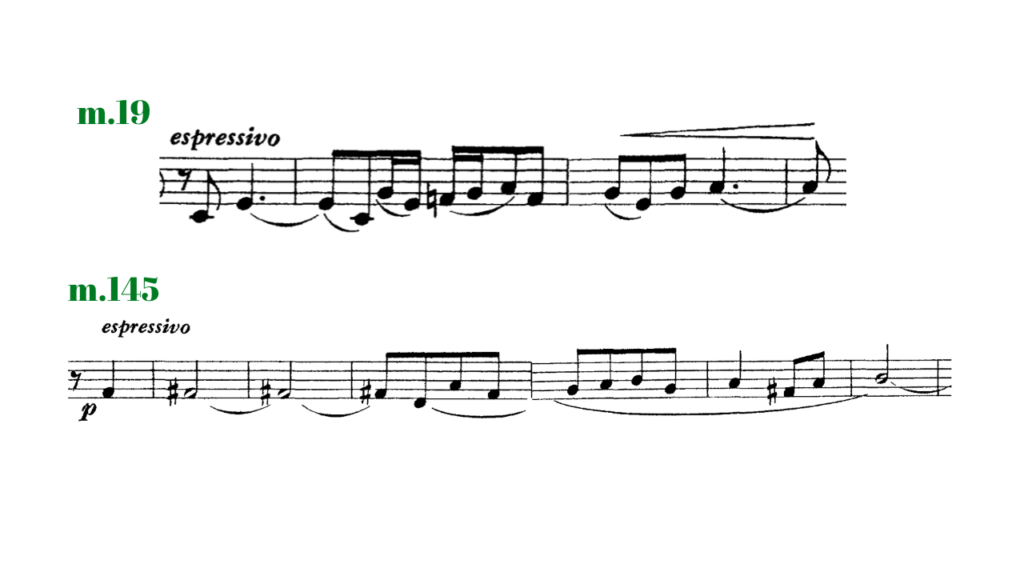
💡It is dedicated to Claude Paul Taffanel, a famous flute player, teacher and conductor.
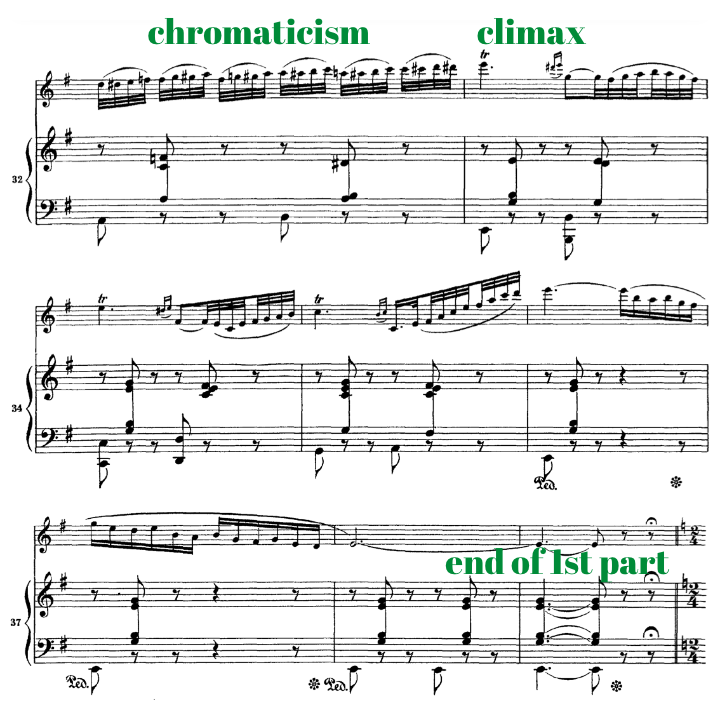
The first part of the Fantaisie is marked by the singing part of the flute and the harmonic backbone and pulsation in the piano. With varied repetition, chromaticism and shredding of note values, the climax is reached, a thriller on e3 in the 33rd measure (photo). The upper note of the thriller represents the highest note in the first part of the Fantaisie. It is very easy to notice how Fauré uses a method known since the Baroque era: the ascending melodic lines grow in dynamics and intensity; the descending ones relax, which is natural to singing and human expression. Paradoxically, for the very climax he leaves a quiet dynamic that gives a feeling of helplessness and pain. The melody in the low register of the flute in the already mentioned 19th measure, which is repeated sequentially, stands out. The pianist must provide bass support to the high part of the flute and understand which harmonies have tension and which are the resolution of the same. The flautist has to understand harmonies, think about long phrases, line up smaller peaks and not rush on small rhythmic values. In any case, it is necessary to demonstrate the freedom of improvisation/interpretation and the singing ability of the flute in all registers.
The second part of the Fantaisie begins with a piano introduction leading to flute fanfare. The virtuosity is evident soon after in the solo passages, thus revealing a clear distinction between the two parts. The already mentioned reminiscence appears in bar 88,Contrasting with the first cheerful melody. The Fantaisie offers some interesting dialogues between the two instruments in measures 94 and 103, where the piano responds to the flute with the same material (photo). The piano part is written like a harp with arpeggio chords, and the tonal instability is felt in the sudden changes of the centre until the appearance of E flat major, which will also appear before the coda. We can sense the appearance of a recapitulation, but something is wrong, it appears in a parallel minor and clashes with the initial joy. The Fantaisie ends with a virtuoso, technically demanding, but appropriate coda.
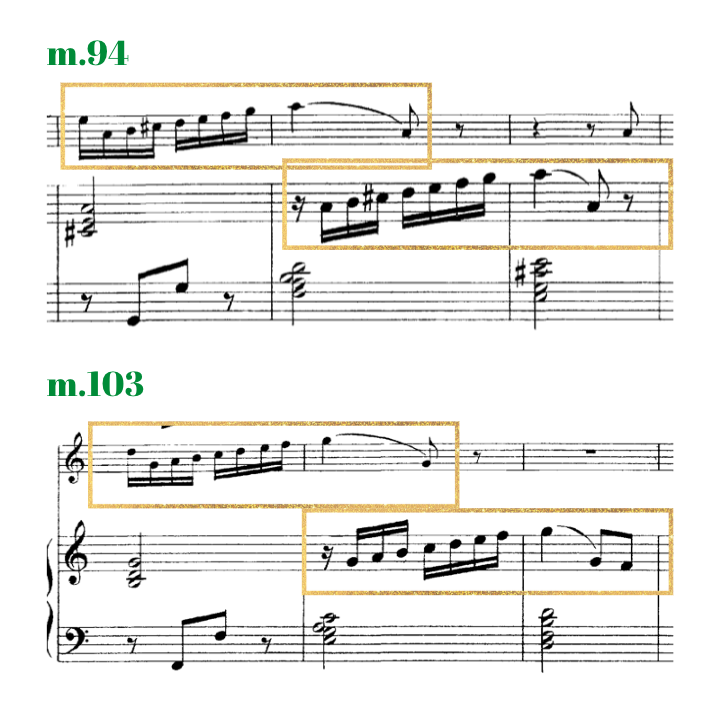
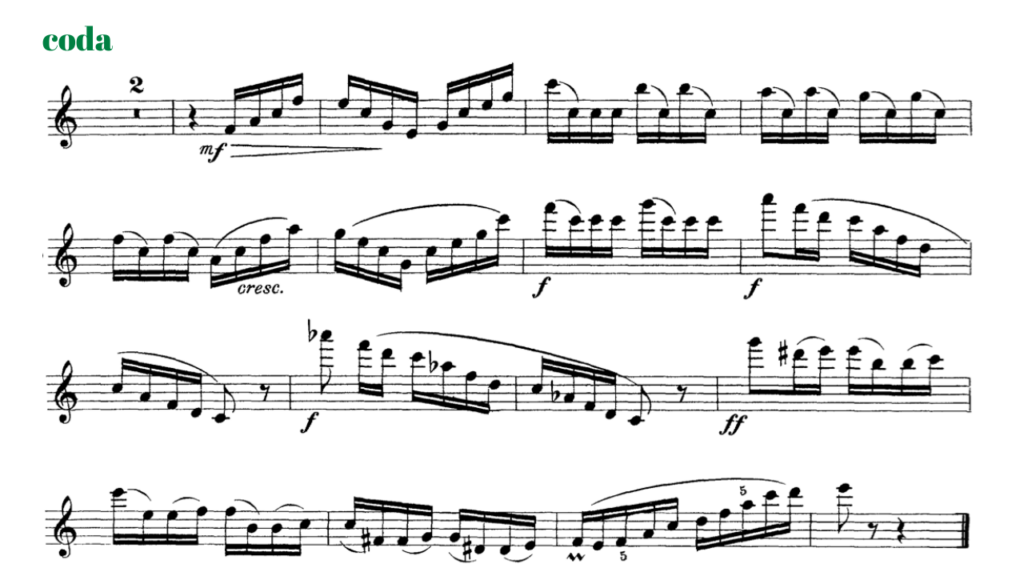
The flautist is expected to achieve balance and slenderness in the rapid changes of technically demanding and vocal parts. The pianist must achieve long phrases, despite the multitude of pauses and broken rhythm. Also, the pianist has to realize the sound of several different instruments in different places, sometimes a harp arpeggio, and sometimes a string melody in the upper voice in dialogue with the flute.
La fin
Let us return to Fauré’s improvisation because it contains a lot in a compact and short form. At first glance, the composition has only several technically demanding moments that need to be practised. However, it also contains a lot of interwoven content that needs to be brought to life and made aware of in the performance (as with any great composer, there are so many significant details). Nothing needs to be added. “Libera me”, Fauré, for adding one note at the end of the composition. It is due to the youthful enthusiasm, joy and misunderstanding of that time. “When I was a child, I talked like a child, I thought like a child, I reasoned like a child.” (1 Cor. 13:11)
